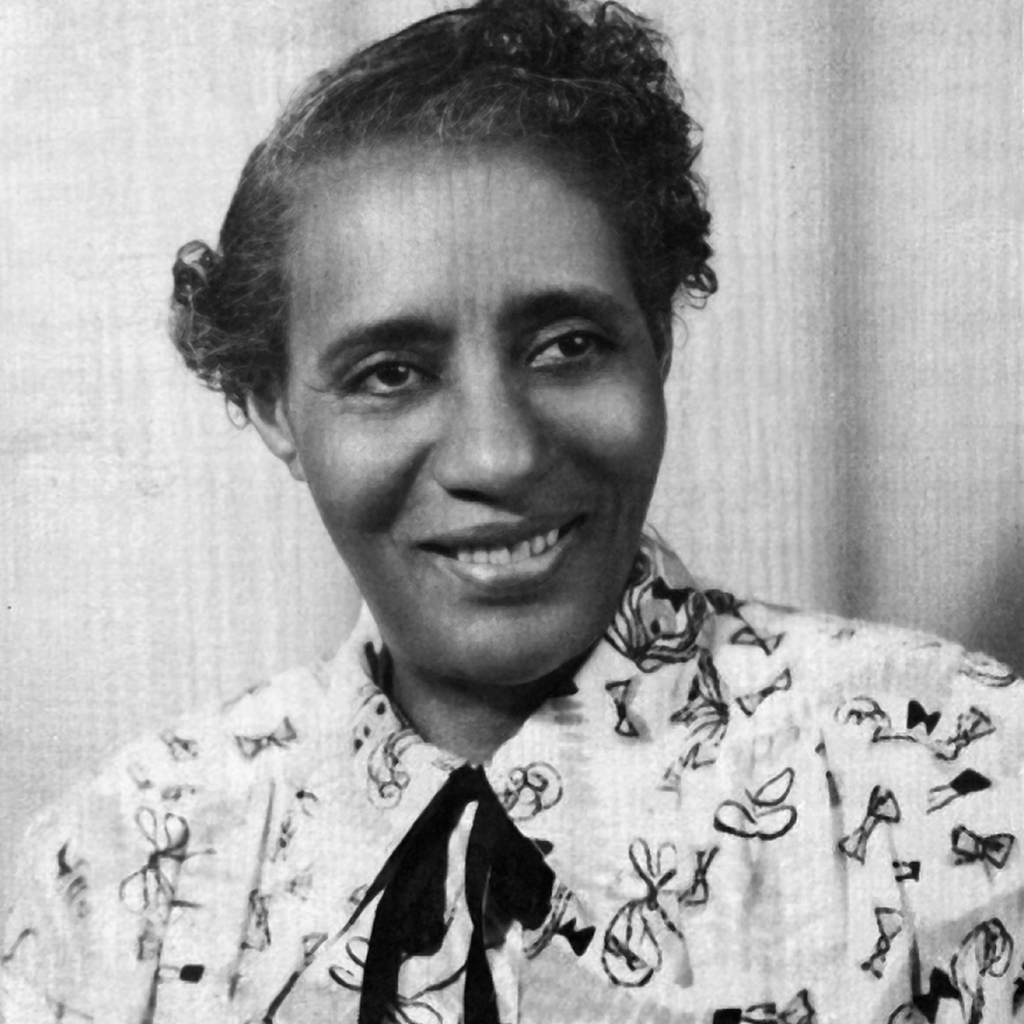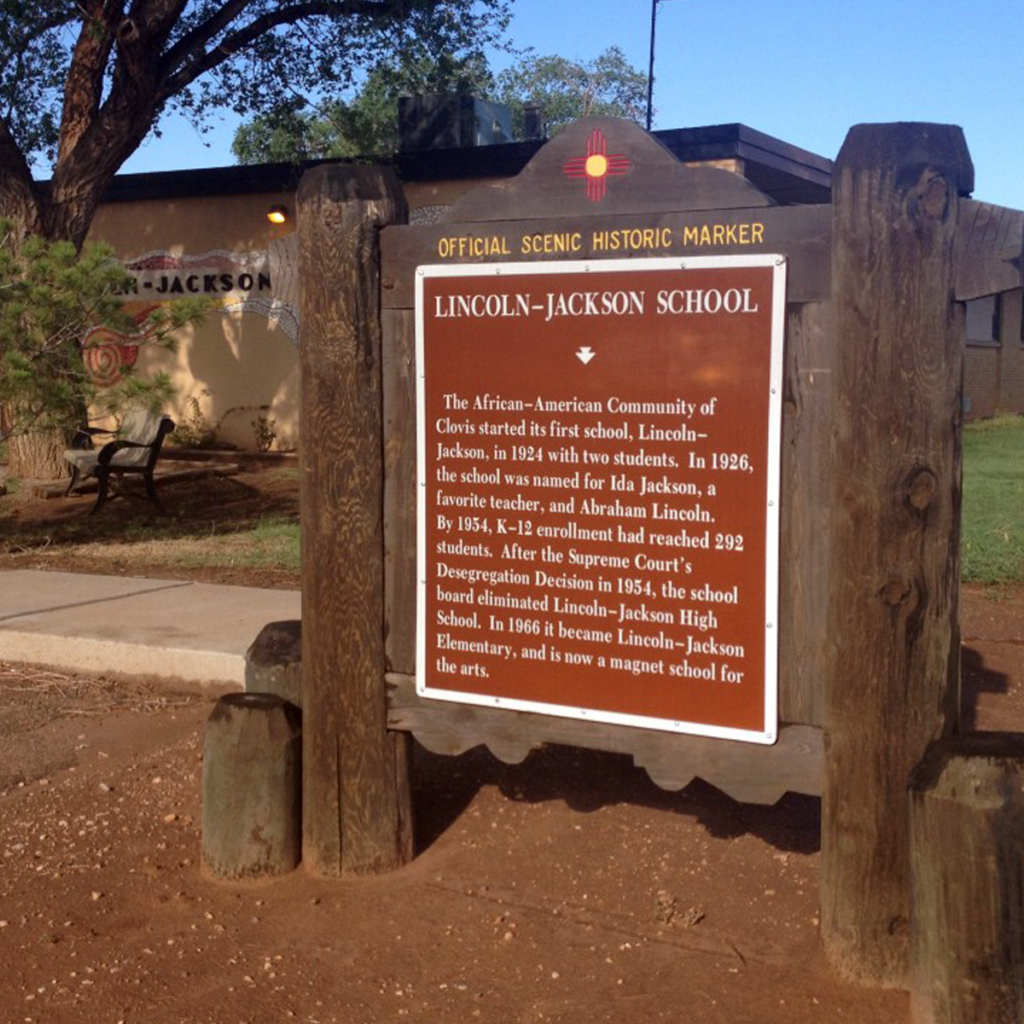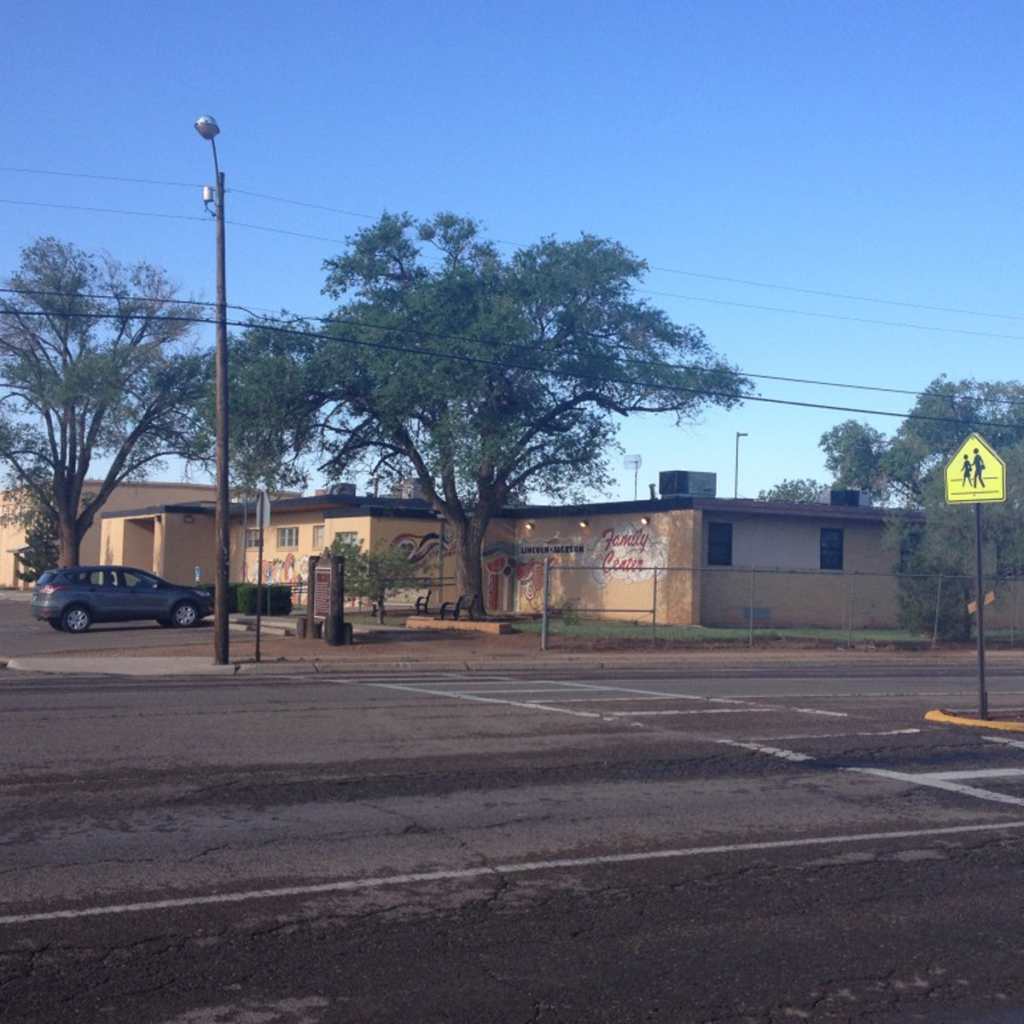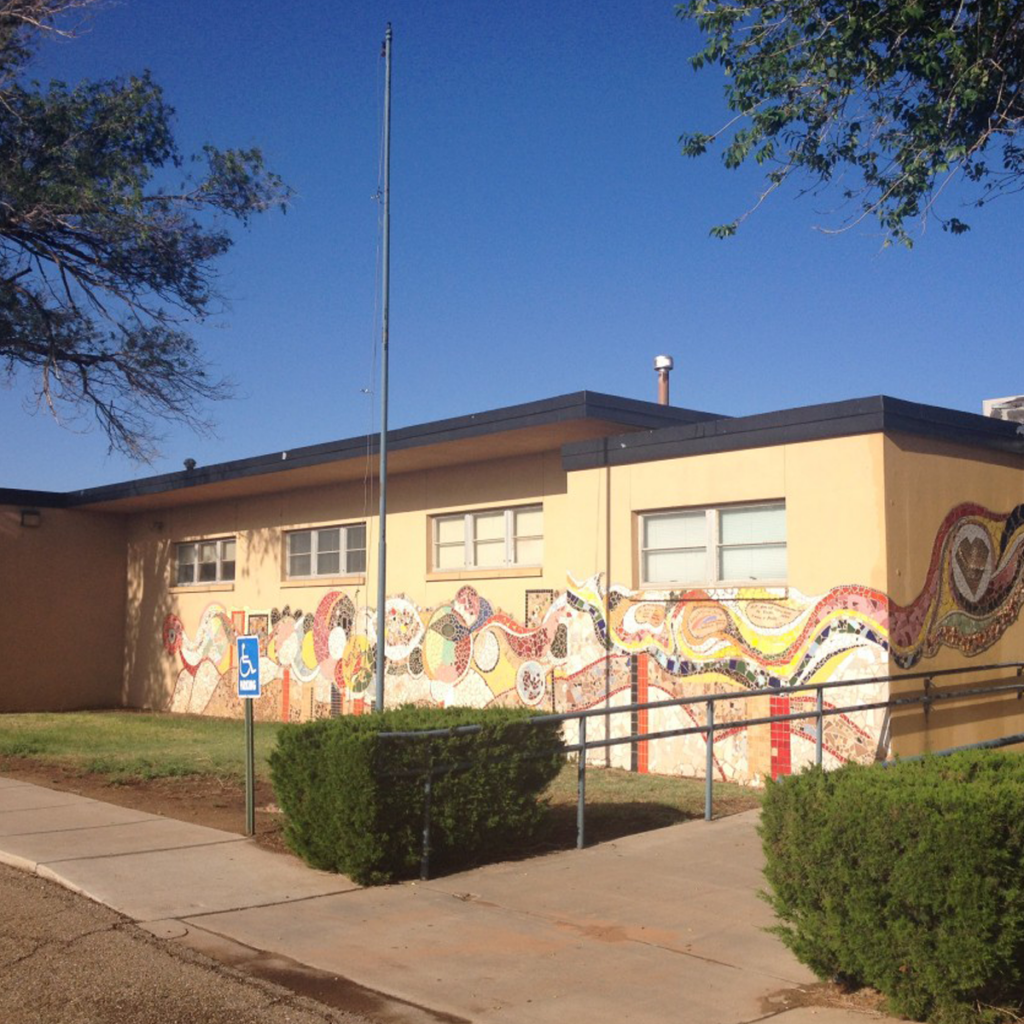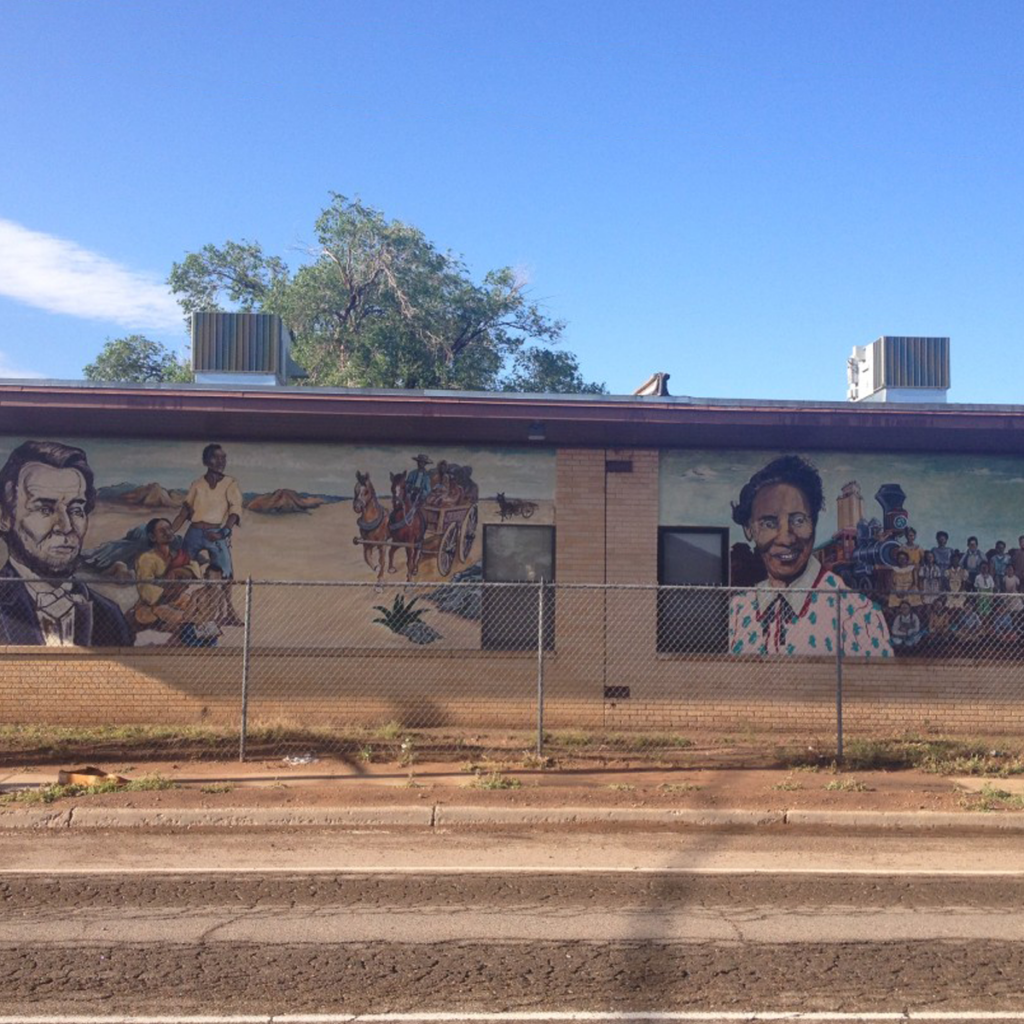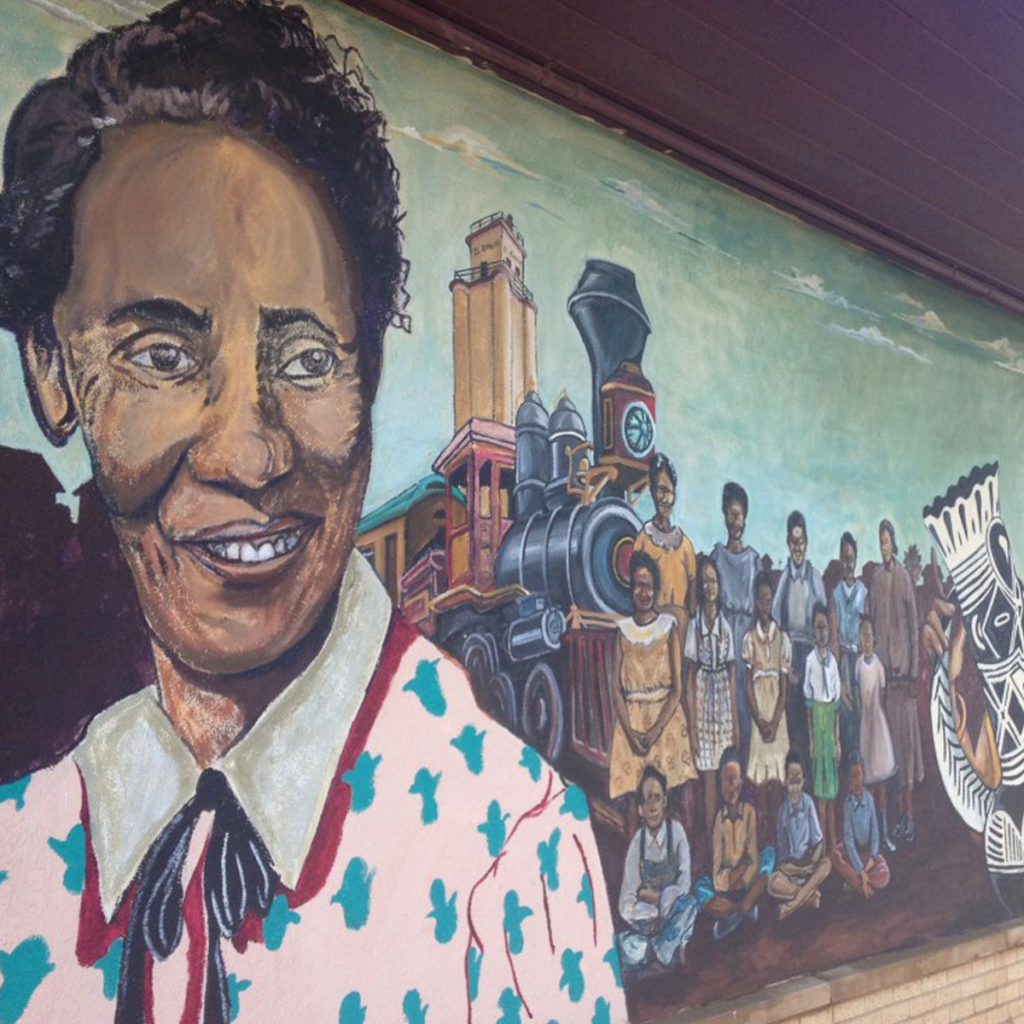Ida O. Jackson.
Ida O. Jackson
1890 - 1960
Curry County
A Black woman who began teaching when schools were segregated, she helped grow Clovis’s Black school from two to 35 students; their school was named in her honor. She contributed to her community in many ways, teaching Sunday school, offering housing, and helping launch a social club for Black women.
When Mrs. Ida O. Jackson, a Black woman who was unable to find a teaching job in Waco, Texas, arrived in Clovis in 1926, schools were still segregated. The African-American community in Clovis had earlier appropriated rooms in a local Baptist church to create a school for Black children, and Jackson accepted a teaching position at the school. Initially, she taught only two students, but that number steadily grew, in part from Jackson’s own efforts to encourage students to attend school.
Jackson remained at the school for several years, and was there for the move to a small, one-room schoolhouse, which joined the Clovis school system as the Lincoln-Jackson School. The name honored both President Abraham Lincoln and also the sole teacher at the school at the time, Ida O. Jackson. The Clovis school, which in 1935 had 35 students, was one of a handful of segregated schools in New Mexico (others existed in communities where the Black population was large enough to support them, including Las Cruces, Hobbs, Carlsbad, Roswell, and Alamogordo).
As the number of enrolled students grew, so did the need to augment the teaching staff, and by 1944, Jackson was joined by two other faculty members. In 1950, the first class of three students graduated. Growth continued, and a few years later, new brick buildings were built to serve the school.
On May 17, 1954, the course of the school changed dramatically when the Supreme Court decided the case of Brown v. Board of Education, declaring that the practice of “separate but equal” education—which allowed Black students to be educated in segregated schools, provided the education was equal in quality to that of white students—was in fact a violation of the equal protection clause of the fourteenth amendment and therefore unconstitutional. As a result, Lincoln-Jackson stopped offering high-school level classes, and students were integrated into other Clovis public schools. Lincoln-Jackson now served exclusively as an elementary school, offering classes to students of all races. Today, the former school building operates as the Lincoln-Jackson Family Center and is no longer a school.
In History of Hope: The African American Experience in New Mexico, author Dr. Maisha Baton notes, “Black women, more so than white women, have always found it necessary to work outside the home.” She further notes that Black women worked largely “in the categories of domestic and personal services, [but] there were also a number listed [in the census] under teachers, trained nurses, housekeepers, restaurant, chef and lunch room keepers, dressmakers and seamstresses, musicians, and teachers of music.” Jackson was emblematic of this reality for Black women.
When she moved to Clovis in 1926 from her birthplace in Waco, Texas, Jackson’s husband was chronically ill and remained in Texas. Jackson worked out of necessity, but she was honored as an outstanding teacher and she contributed to her community far beyond her teaching role. In addition to regular school, she taught Sunday School. Living alone, she often offered housing to people in need at her own house in Clovis. Jackson also used her house as the location to help launch the Federated Progressive Club, a social club for Black women. It, and other clubs like it, “served as a source of funds for community improvement as well as a place to get together.”
Sources:
Pike, David. Roadside New Mexico: A Guide to Historic Markers, Revised and Expanded Edition. Albuquerque: University of New Mexico Press, 2015.
Albuquerque Human Rights Office. Reflections on Black Heritage in New Mexico. Albuquerque, NM: Department of Family and Community Services, n.d.
Baton, Maisha, Ph.D. “New Mexico’s Black Women,” History of Hope: The African American Experience in New Mexico. Albuquerque: Albuquerque Museum, 1996.
Glasrud, Bruce A, Ed. African American History in New Mexico. Albuquerque: University of New Mexico Press, 2013.
McAlavy, Don. High Plains History of East-Central New Mexico. New Mexico: High Plains Historical Press, 1980.
Mock, Charlotte K. Bridges: New Mexico Black Women, 1900-1950. Albuquerque: New Mexico Commission on the Status of Women, 1985.
“History of Lincoln-Jackson School.” website of the Lincoln-Jackson Family Center. http://www.clovis-schools.org/lincolnjackson/about_lincoln-jackson.html Accessed May 11, 2014.



